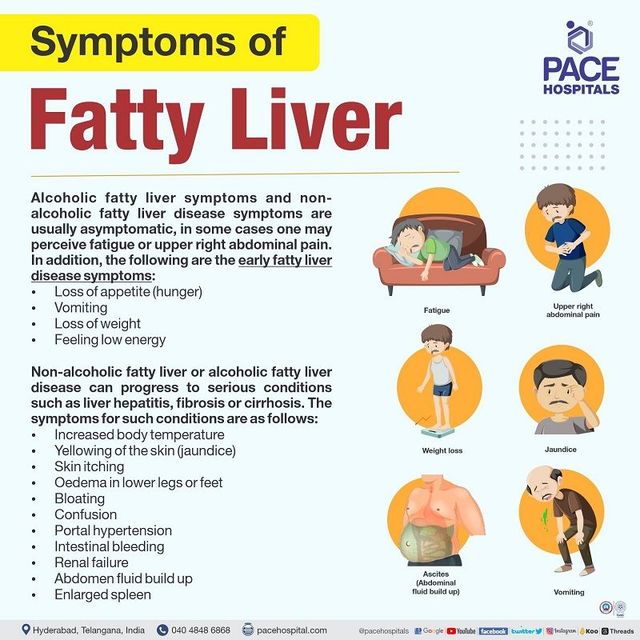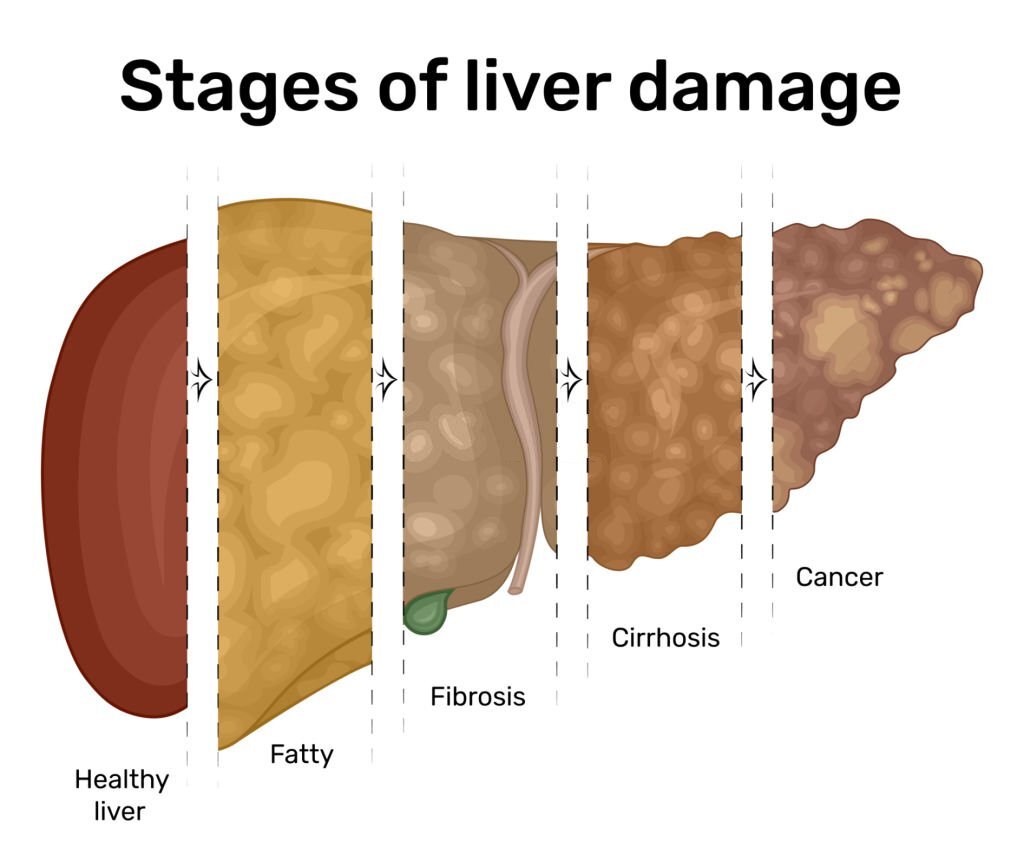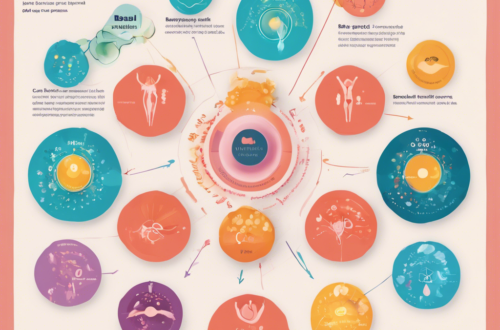Introduction
Understanding Fatty Liver
Fatty liver disease, also known as hepatic steatosis, is a condition where fat accumulates in the liver cells. The early stages of the disease often exhibit mild symptoms or none at all, making it challenging to detect. However, as the condition progresses, more severe symptoms can emerge. Recognizing these signs early on is crucial for effective management and preventing further complications.
Importance of Recognizing Symptoms
Identifying warning signs such as abdominal pain, fluid accumulation, unintentional weight loss, muscle wasting, jaundice, and other symptoms associated with fatty liver disease is vital. Early detection allows for timely interventions and lifestyle changes that can help manage the condition and improve liver health. By understanding these symptoms, individuals can take proactive steps towards preventing the progression of fatty liver disease.

Generalized Symptoms
Abdominal Pain
Individuals with fatty liver disease may experience abdominal pain, particularly on the upper right side of the abdomen. This discomfort can range from mild to severe and should not be ignored, as it is a common early sign of the condition.
Loss of Appetite
Another common symptom of fatty liver disease is a loss of appetite. Individuals may find themselves disinterested in food or experiencing reduced hunger levels. This, combined with other symptoms, such as abdominal pain, should prompt further evaluation to determine the underlying cause.

Generalized Symptoms
Abdominal Pain
Individuals with fatty liver disease may experience abdominal pain, particularly on the upper right side of the abdomen. This discomfort can range from mild to severe and should not be ignored, as it is a common early sign of the condition.
Loss of Appetite
Another common symptom of fatty liver disease is a loss of appetite. Individuals may find themselves disinterested in food or experiencing reduced hunger levels. This, combined with other symptoms, such as abdominal pain, should prompt further evaluation to determine the underlying cause.
Abdominal Accumulation
Ascites: Fluid Build-up
One critical sign of fatty liver disease is the accumulation of fluid in the abdomen, medically known as ascites. This fluid build-up can lead to abdominal pain, abdominal fullness, nausea, bloating, and sometimes difficulty in breathing.
Associated Symptoms like Nausea
Along with fluid accumulation in the abdomen, individuals may experience symptoms like nausea, which can affect their overall well-being. Paying attention to these signs and seeking medical advice is crucial for early detection and management of fatty liver disease.

Unexplained Weight Loss
Significance in Fatty Liver Diagnosis
Unintentional weight loss is another crucial sign to consider in diagnosing fatty liver disease. When experiencing unexplained weight loss without trying, individuals should evaluate this symptom alongside other warning signs. While weight loss can be attributed to various factors, it is essential to assess it in conjunction with symptoms like abdominal pain and appetite loss for a comprehensive understanding of potential liver issues.
Evaluation of Other Warning Signs
It is imperative to evaluate various warning signs in conjunction with unexplained weight loss. Understanding the broader context of symptoms such as muscle wasting, jaundice, and other associated signs can provide a clearer picture for accurate diagnosis and timely intervention in managing fatty liver disease.

Muscle Wasting
Complications in Liver Disease
Muscle wasting represents a major complication associated with end-stage liver disease. Its incidence tends to escalate in parallel with the progression of the disease, affecting approximately 40% of individuals with cirrhosis. This significant consequence underscores the severity of liver-related health issues and the impact they can have on bodily functions.
Incidence and Progression
The incidence of muscle wasting intensifies as liver disease advances, posing challenges to affected individuals. Understanding the progression of this complication within the broader context of liver health is crucial for healthcare providers to deliver targeted interventions and support to those grappling with fatty liver disease.




